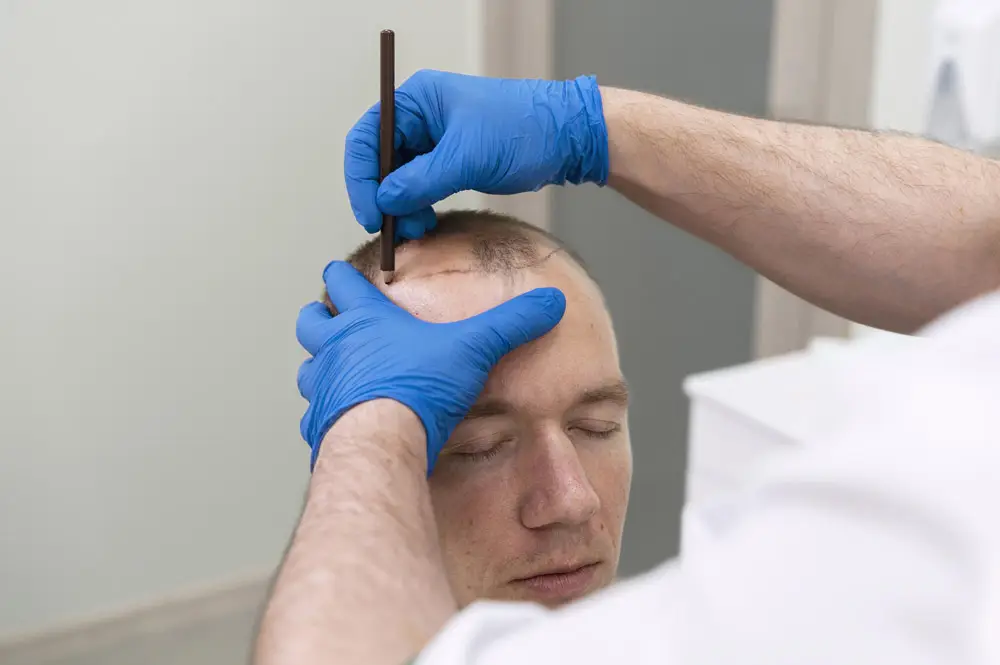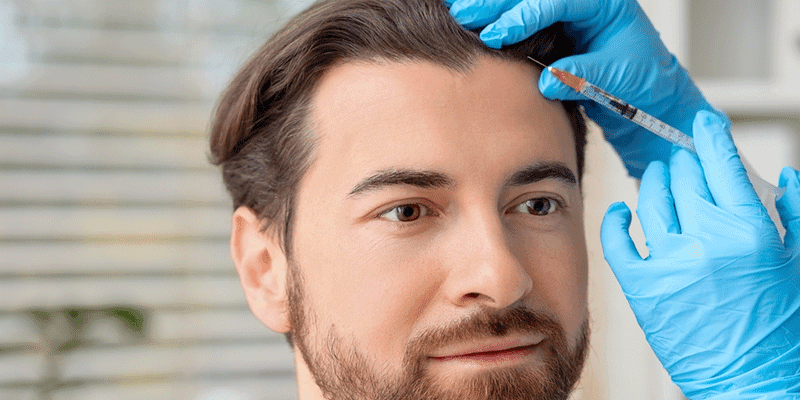Post-procedure care for hair transplantation is crucial to ensure the best possible results and to prevent complications.
Table of Contents
Here are some general guidelines and tips to follow after a hair transplant procedure:
Immediate Post-Procedure Care

- Rest and Recovery:
- Take it easy for the first few days. Avoid strenuous activities and exercises that could increase blood flow to the scalp and cause bleeding or swelling.
- Pain Management:
- Use prescribed pain medications as needed. Over-the-counter pain relievers like acetaminophen can also be used if recommended by your doctor.
- Head Elevation:
- Sleep with your head elevated for the first few nights to reduce swelling. Using two or more pillows or sleeping in a recliner can be helpful.
- Cold Compress:
- Apply cold compresses gently on the forehead (not the transplanted area) to help reduce swelling.
Wound Care and Hygiene
- Gentle Cleaning:
- Follow your surgeon’s instructions on when and how to wash your hair. Typically, gentle washing with a mild shampoo starts a few days post-procedure. Avoid vigorous scrubbing and direct water pressure on the transplanted area.
- Avoid Scratching:
- Refrain from touching, scratching, or picking at the transplanted and donor areas to prevent infection and dislodging grafts.
- Medications:
- Use prescribed antibiotics and anti-inflammatory medications to prevent infection and reduce swelling.
Activity Restrictions
- Avoid Physical Activity:
- Avoid strenuous exercise, heavy lifting, and activities that cause sweating for at least 10-14 days.
- No Swimming:
- Avoid swimming in pools, hot tubs, and the ocean for at least a month, as these environments can harbor bacteria and increase the risk of infection.
Sun Protection
- Protect from Sun Exposure:
- Keep the transplanted area out of direct sunlight for at least a month. Wear a loose-fitting hat or use sunscreen (SPF 30 or higher) if you need to be outside.
Follow-Up Care

- Follow-Up Appointments:
- Attend all scheduled follow-up appointments with your surgeon to monitor your progress and address any concerns.
- Monitoring Healing:
- Watch for signs of infection such as excessive redness, swelling, pain, or discharge, and contact your doctor if these occur.
Long-Term Care
- Hair Care Routine:
- Gradually return to your normal hair care routine as advised by your doctor. Be gentle with the transplanted area for the first few weeks.
- Avoid Hair Styling Products:
- Avoid using hair styling products like gels, sprays, and dyes for the first few weeks or as recommended by your doctor.
- Healthy Lifestyle:
- Maintain a healthy diet and lifestyle to support overall health and hair growth.
By following these guidelines and any additional instructions provided by your surgeon, you can help ensure the best possible outcome from your hair transplant procedure. Always consult with your doctor if you have any specific questions or concerns about your post-procedure care.
Contact us today and get the best offer!
Read Also:
